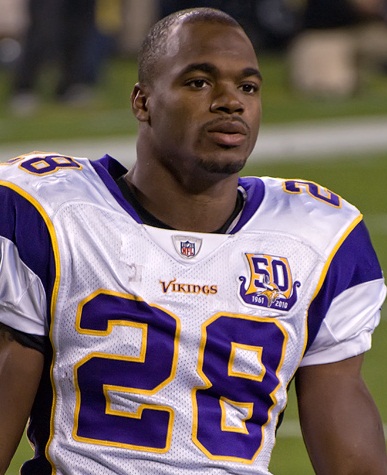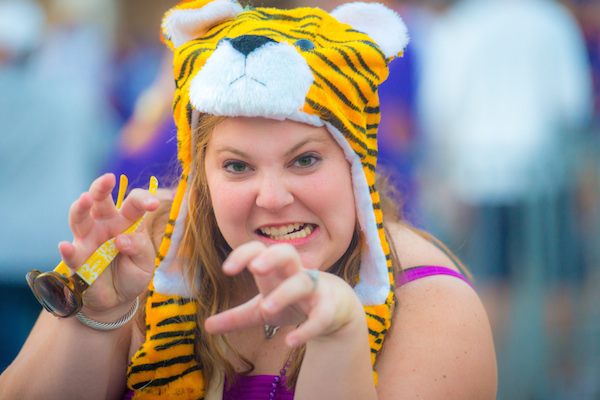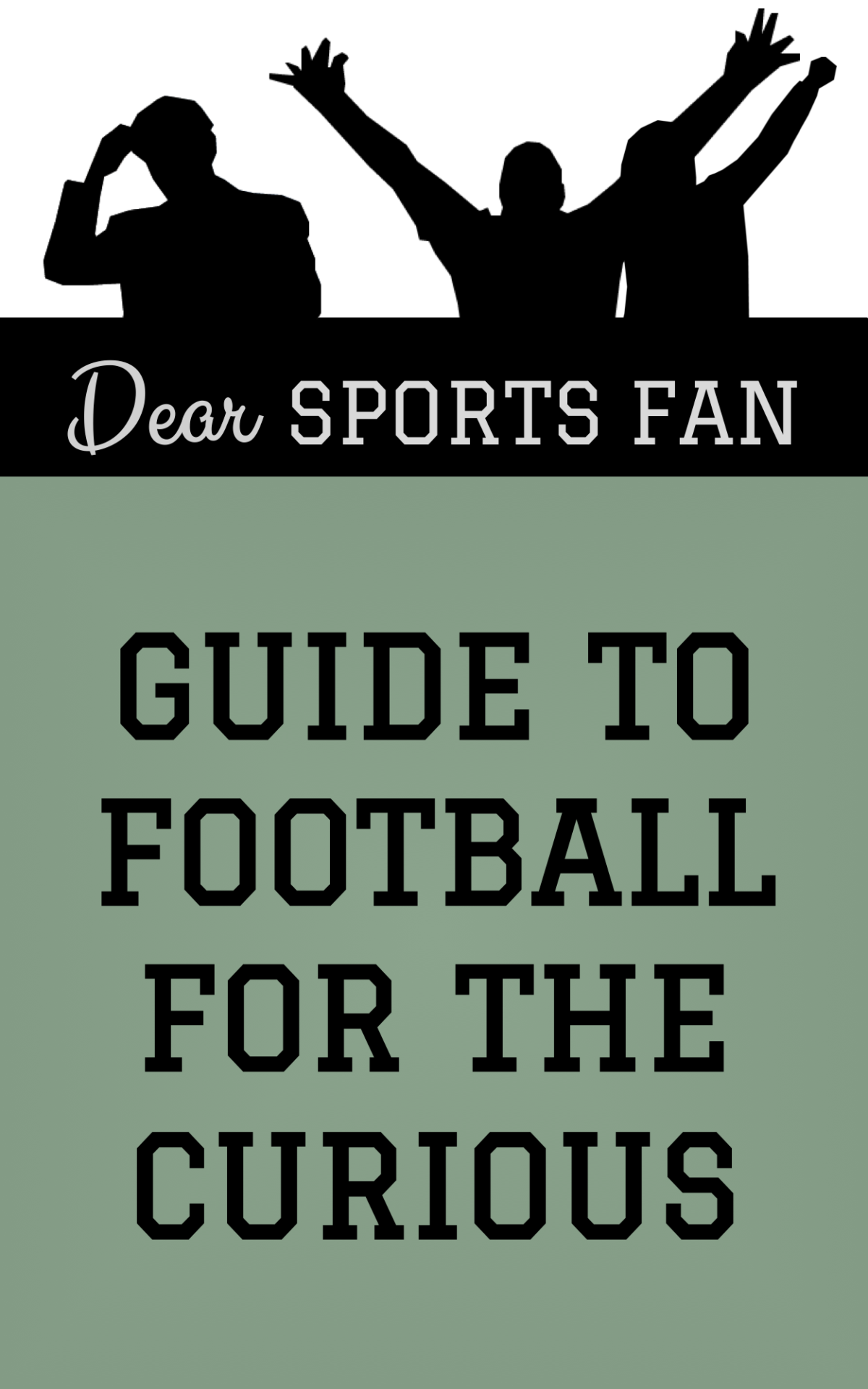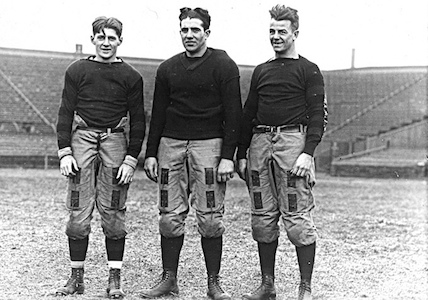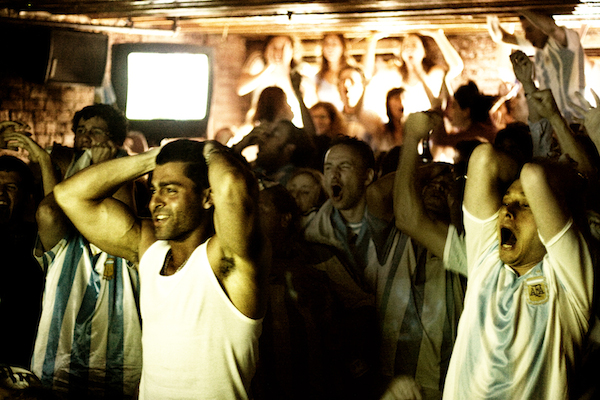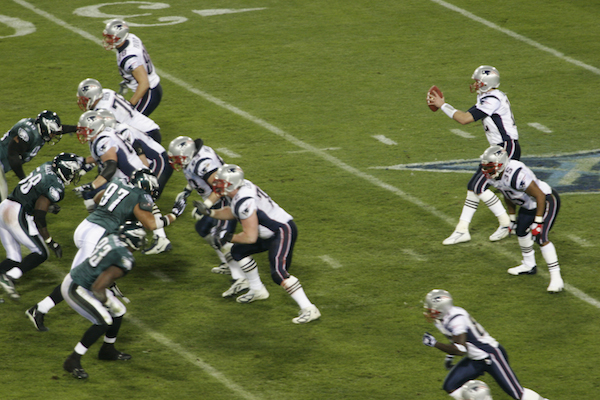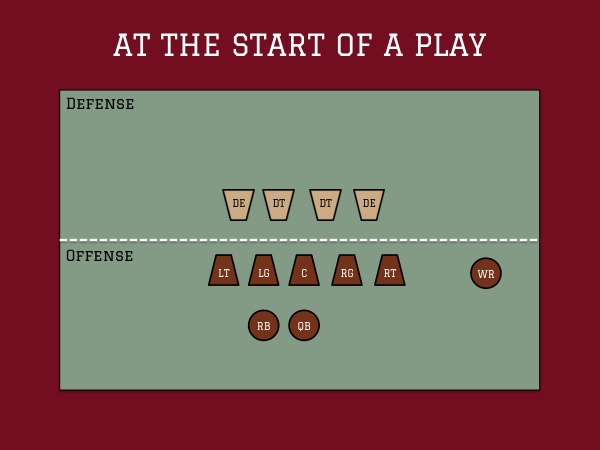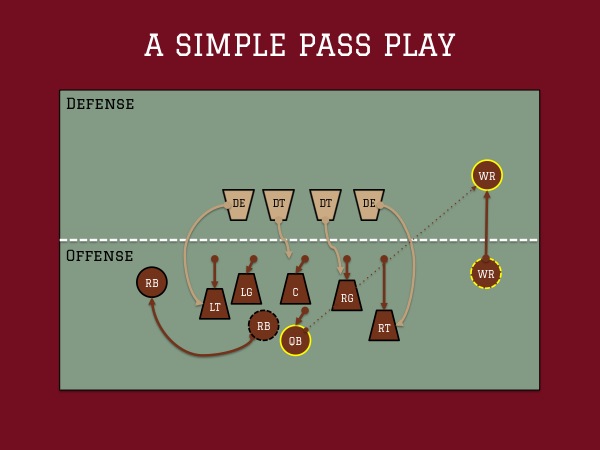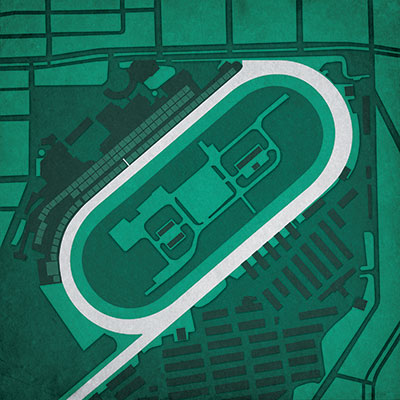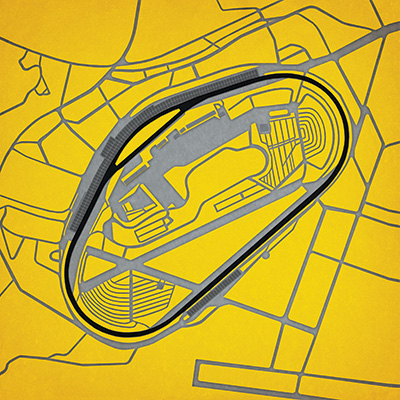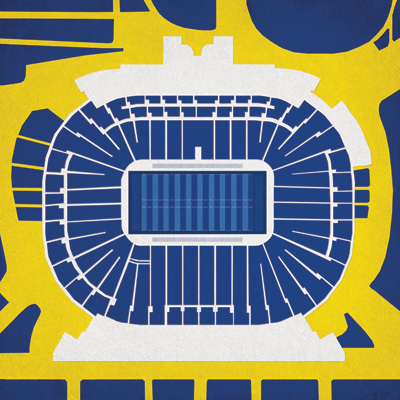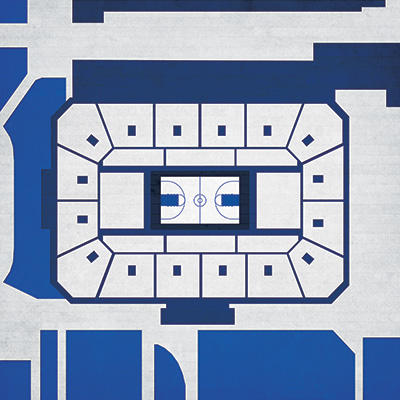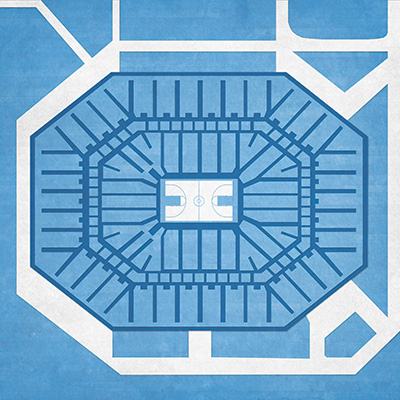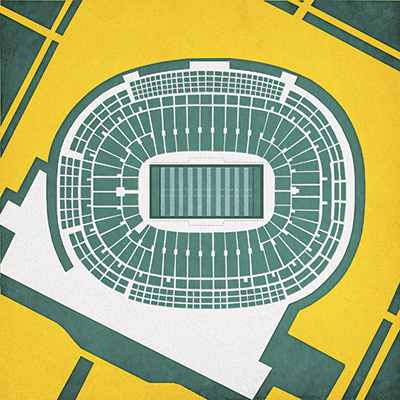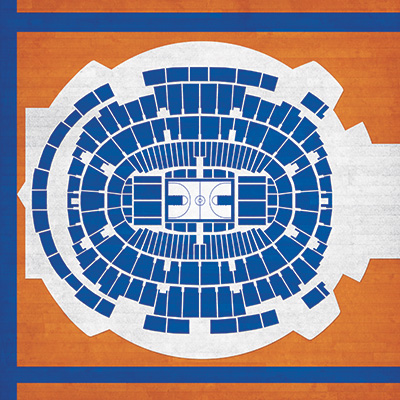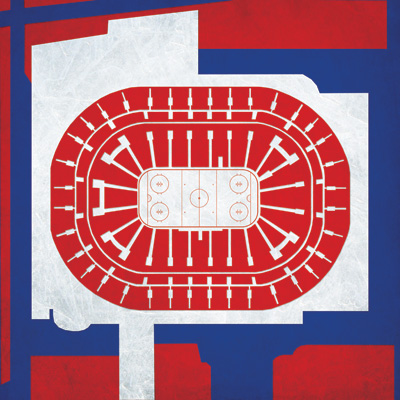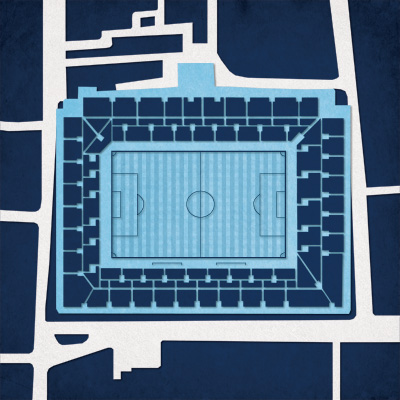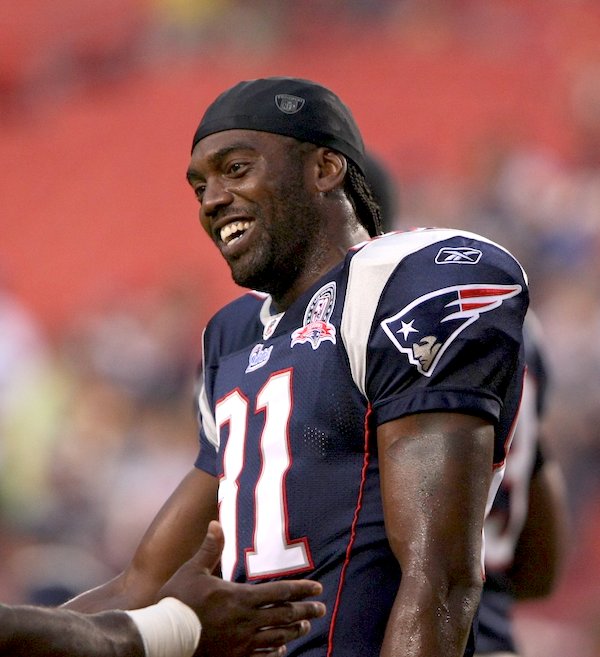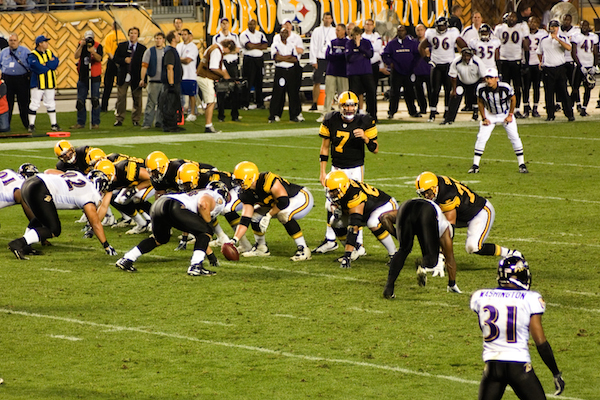I’m often hesitant to write about controversial sports stories on Dear Sports Fan. This is for a few reasons. The core goal of this site is to close the gap between sports fans and non-sports fans, and controversial sports stories are often divisive and insular. They’re most interesting to people already invested in sports and explaining them won’t often make anyone be more open to sports culture. I’m also just not that into them. I would much rather spend an hour watching two junior high-school teams play lacrosse than an hour reading or talking about most sports controversies. Sometimes a story is big enough that ignoring would not be being honest with myself or with you.
The story of Adrian Peterson is one of those controversies big enough that it should be thought about. This September, Adrian Peterson, a star NFL running back, was indicted by a Texas Grand Jury for “reckless or negligent injury to a child.” He had beaten his four-year-old son badly enough that the son was brought to the hospital. TMZ found and printed images of the child’s injury. The NFL, already awash in the Ray Rice domestic abuse story, found a loophole in their rules and bylaws that allowed them to effectively remove Peterson from public view without having to suspend him and therefore initiate a potential appeals process with the NFL Players Association. About a week ago, Peterson struck a deal with Texas prosecutors that allowed him to avoid jail time and any felony charges, pleading guilty only to a misdemeanor. Just today, the NFL announced that Peterson would be suspended without pay for the rest of the 2014 season and possibly beyond that. Peterson plans to appeal.
Action on the part of the legal system forced the NFL’s hand and the NFL’s action has brought this story back into the public eye. Now that some time has passed from the initial story, especially TMZ’s coverage, I hear more and more arguments creeping back into the sports opinion-o-sphere contending that Peterson’s actions are being misunderstood because physically disciplining children is a “cultural thing” that Southern/Black (I’ve heard both arguments) people do commonly but the Northern/White people in charge of the NFL/Media do not understand. Let’s be clear about this.
This isn’t a cultural thing.
I’ll be the first to admit that there is and should be a cultural debate about the acceptability of physically disciplining children. I’m interested in that conversation. I was raised to believe that physically disciplining children was wrong but that there was some truth to the principle of “spare the rod, spoil the child.” It’s a curious dichotomy. Let’s, by all means, have that conversation in our communities and on parenting blogs. But please, please, please, let’s leave Adrian Peterson out of it. You see, what Peterson did to his son cannot reasonably be included in any conversation about discipline. Just because banks lend money to people doesn’t mean robbing a bank is okay. Just because lots of consenting adults enjoy sex doesn’t mean rape is okay. Just because people spank their children doesn’t mean whipping a four-year old so severely that he’s hospitalized is okay. It’s not. Robbery is not a form of borrowing. Rape is not a form of sex. Adrian Peterson’s abuse of his son is not a form of discipline.
There are, of course, lots of other intriguing facets to this story. You can place it within the larger story of the NFL’s inconsistent, confusing, and generally out of control pattern of player discipline. You may point out the hypocrisy of the NFL’s new-found harshness in dealing with violent offenders compared to their past record of leniency. It would be altogether understandable to point out that there’s something problematic about the NFL’s power over football players who truly do not have any other reasonable recourse to make a living playing football. The NFL is a sanctioned monopoly and has special tax-exempt status which should and probably will be taken away from them in the next couple years but it is still a private organization and it shouldn’t be required to guarantee employment to anyone for any reason. What about the dynamic between the NFL and its teams? The NFL has taken the lead on this case but in recent years, it’s allowed the teams to be the main actors in terms of player fines and suspensions. Which is better for the players? Which is better for the league?
There are so many questions and interesting avenues to pursue in this horribly unsavory story. The cultural conversation around physical punishment is not one of those. Let’s all be annoyingly firm on that point if people try to pull that argument on us at work or at a bar or on the internet. It’s worth it to take a little flak for something that is right.

